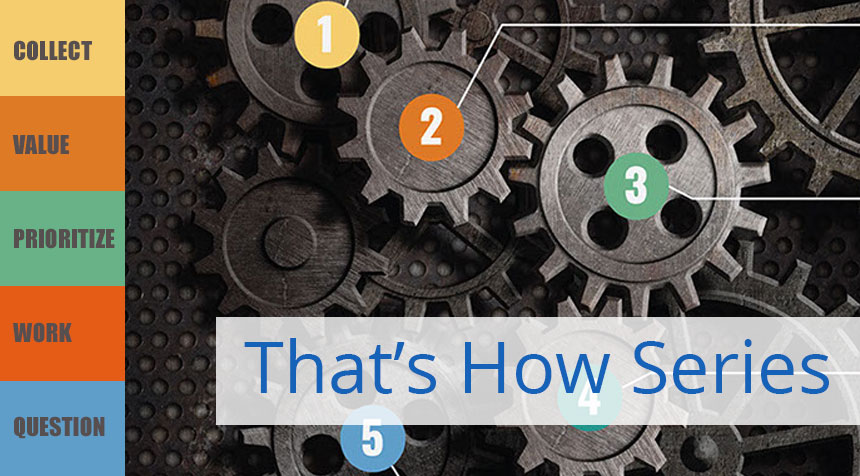07
Sep 2017
Setting a Consistent and Accurate Probability
No. 3 in the “That’s How” Series
There are many methods in use to estimate the probability of winning a specific sales opportunity. None work very well. Principally because they are subjective – different people with different perspectives looking at the same thing and everyone seeing something different.
There is no one system that objectively understands each sales opportunity and applies consistent criteria to achieve an accurate value. We call it the Automated Sales Process Engine for the Computer (ASPEC), and we have four patents to testify to its value.
Probability (or Risk Assessment)
ASPEC looks at probability in a totally new way – it’s not stage based (nothing is linear in a sales cycle) or guesswork. Instead, ASPEC looks at two factors when assigning probability – will we win, and will it happen (or will it go through to completion). These factors use the salesperson’s knowledge to look at both his own sales cycle, and also the customer’s buying cycle. Both are essential to establishing probability.
Important: Just like the anticipated close date field, these two fields should be constantly updated as the opportunity progresses through the sales cycle!
Will we win this opportunity?
This is ASPEC’s first question. Here you ask what is your best assessment that if the customer is going to buy something, he will buy it from you? When answering this question, you automatically and unconsciously consider every element that you control: think of your competitive position, how your solution matches their need, your relationship, the competition, and everything else that goes into your chances of winning the order. You know this better than anyone, anyone, and your Low/Medium/High assessment will accurately reflect the situation as it exists at that moment.
Will this opportunity go through to completion?
There are two sides to every sale, and the customer controls one of them. This is the buying cycle that drives everything you do in your sales cycle. What is your best assessment that this sale will go through to conclusion? This is the measurement of the customer’s seriousness. Many opportunities get started that do not make it to conclusion. Maybe because of funding cuts, change in needs, or the politics of the organization. You don’t control these, but it is imperative that you understand them if you are to predict the outcome. Again there are three choices – High, Medium, or Low.
The Probability Matrix
The answers to these two questions are plotted on a matrix and create a probability. There are 9 different combinations to your two answers, and these are used to calculate the probability factor. In this case, we have assessed a medium chance of winning, and a high chance of the opportunity going through to completion. This results in a 60% probability.

Have a different set of answers and ASPEC will calculate a different probability. Consistently. Accurately. As proven by tens of thousands of real-life opportunities created and managed by ASPEC users.
